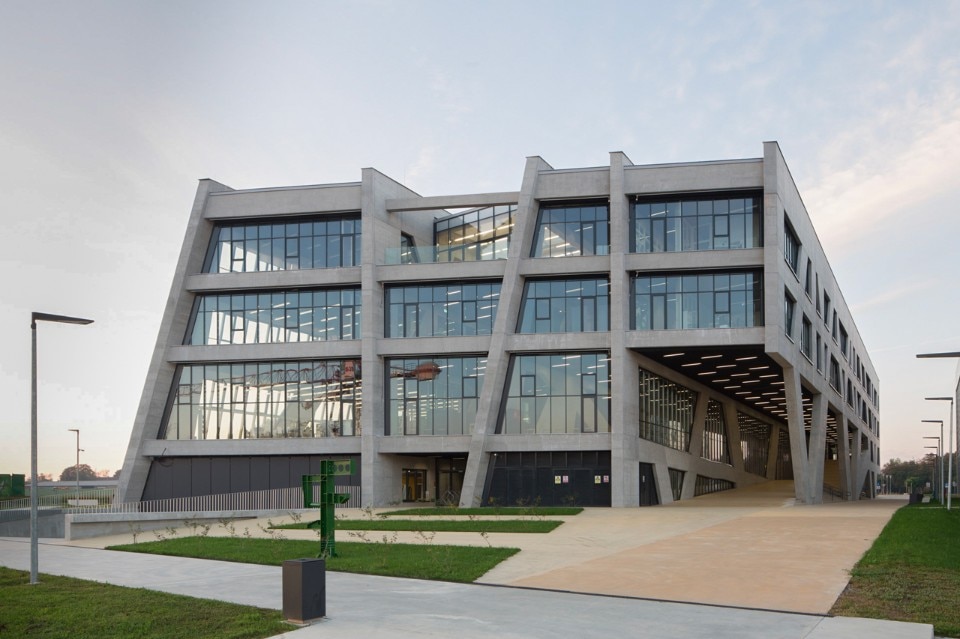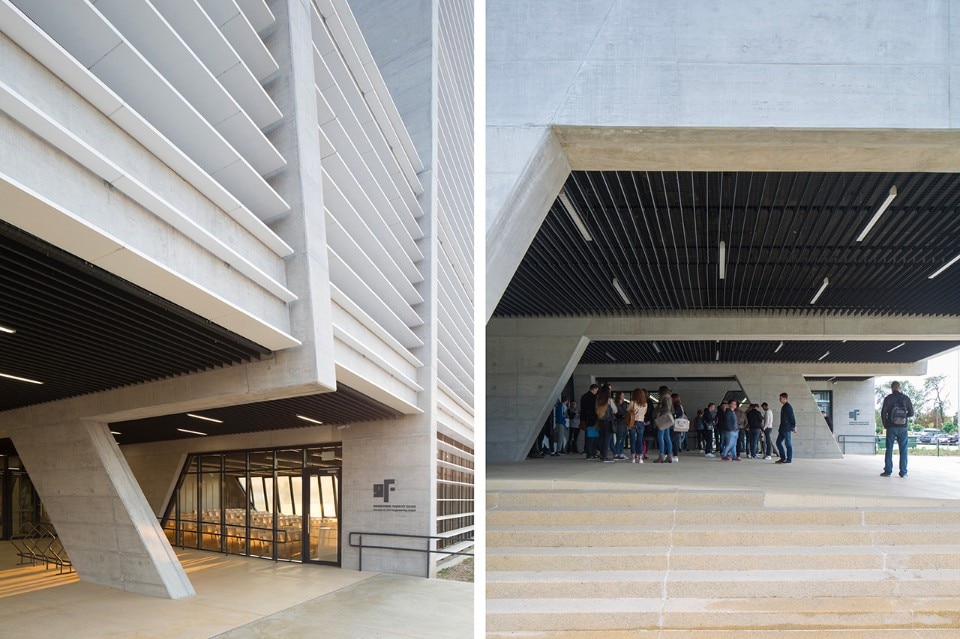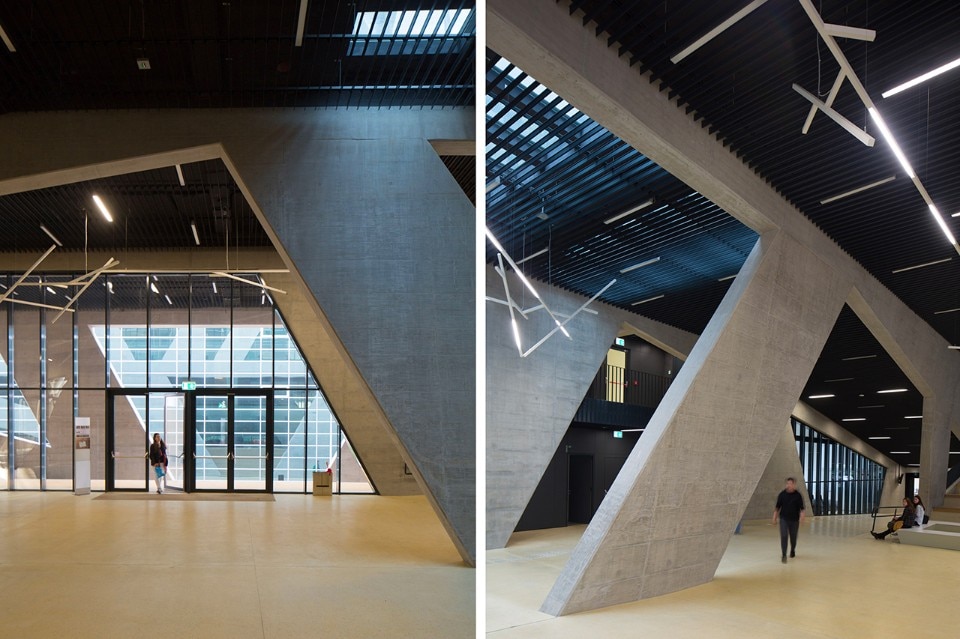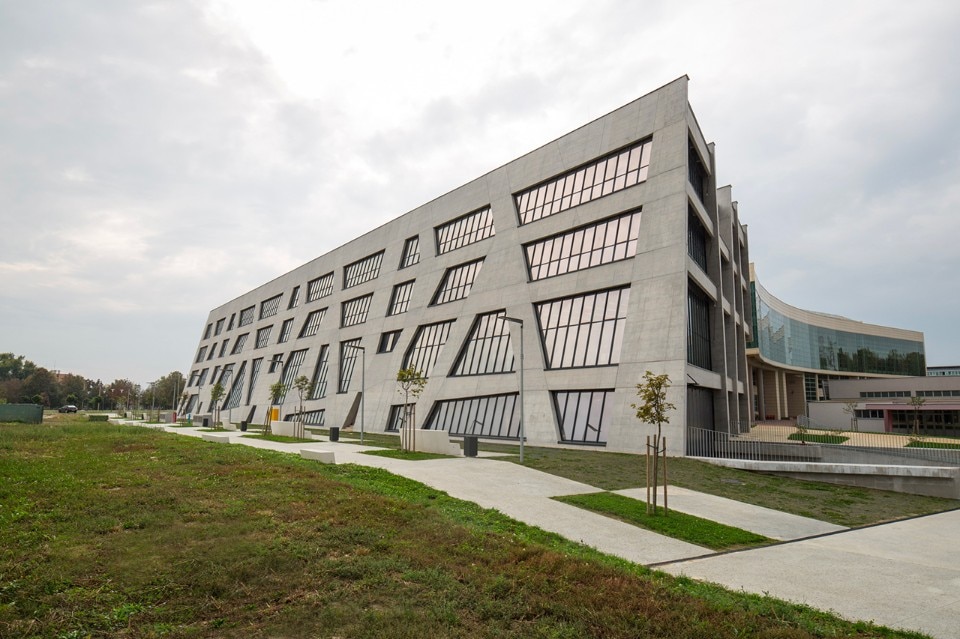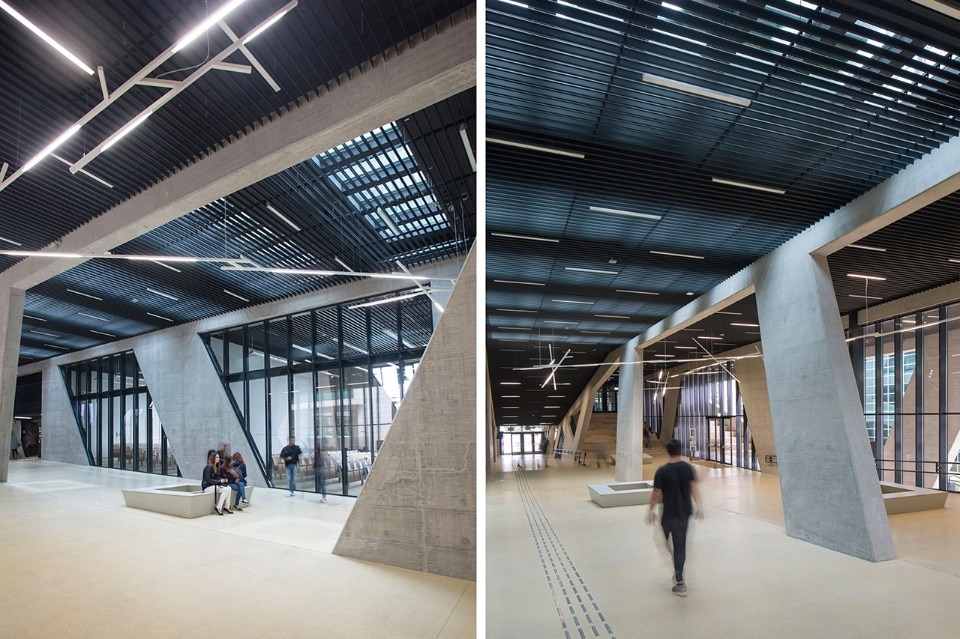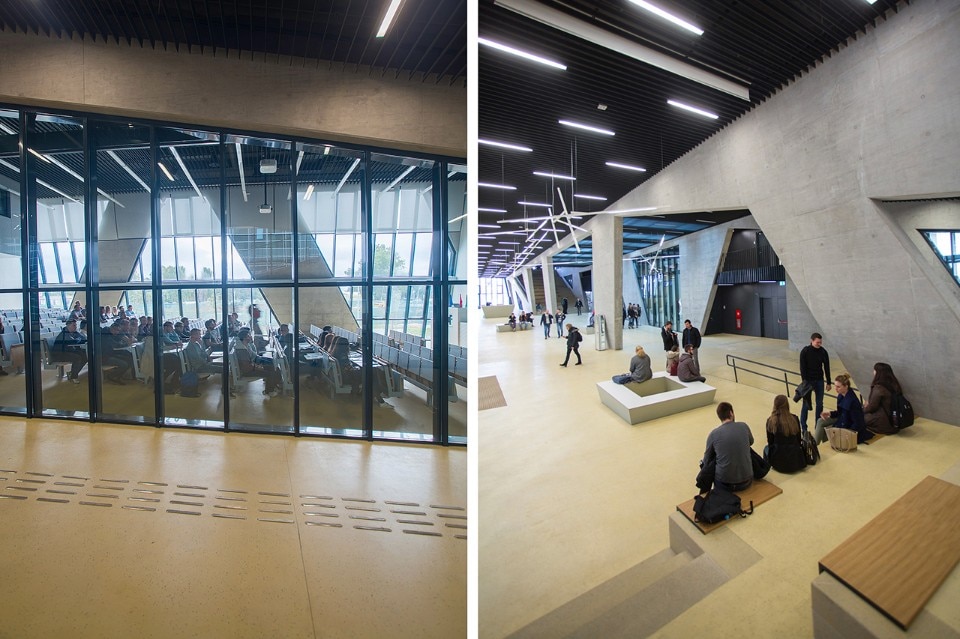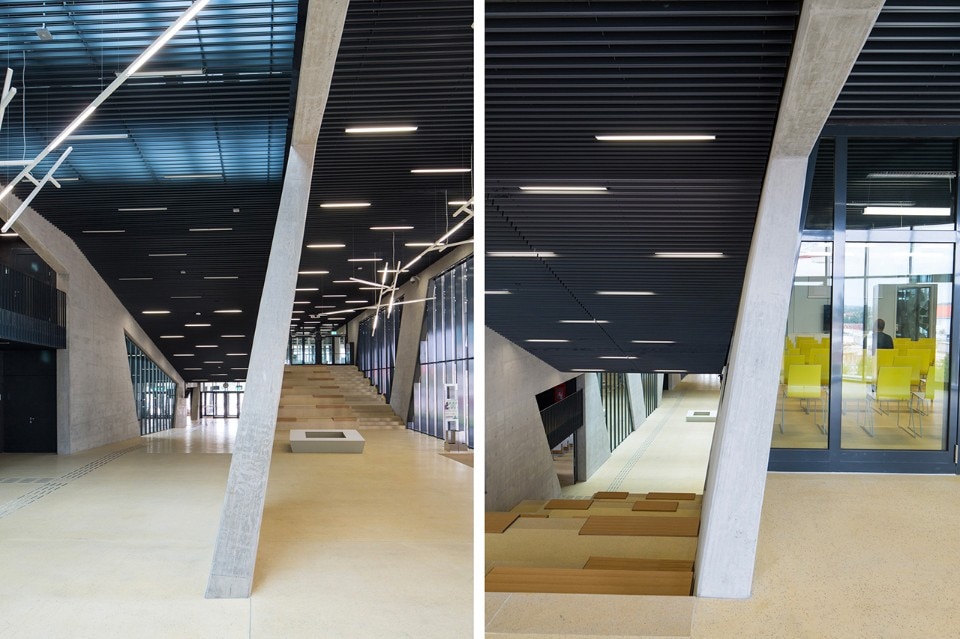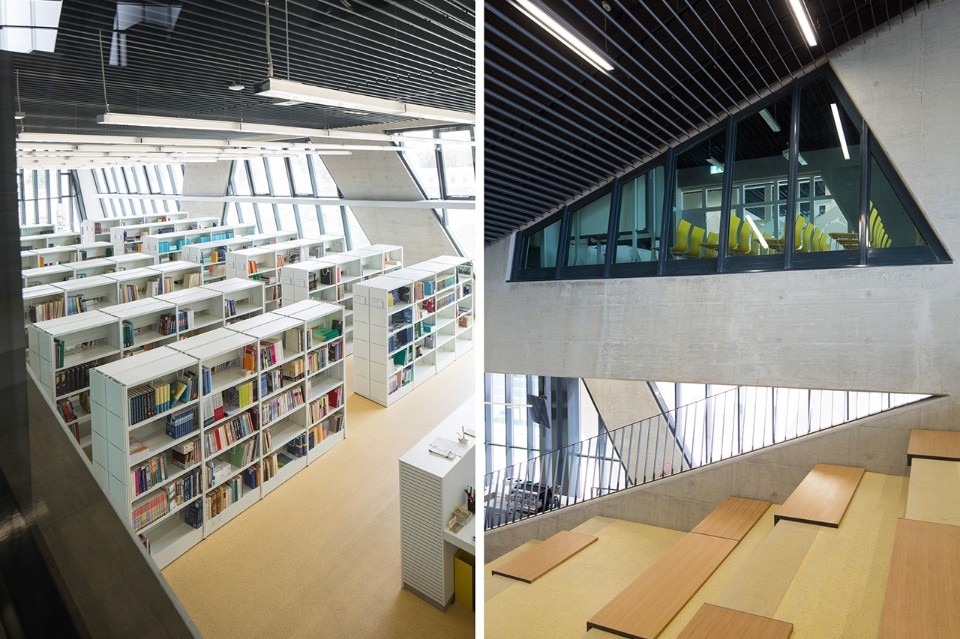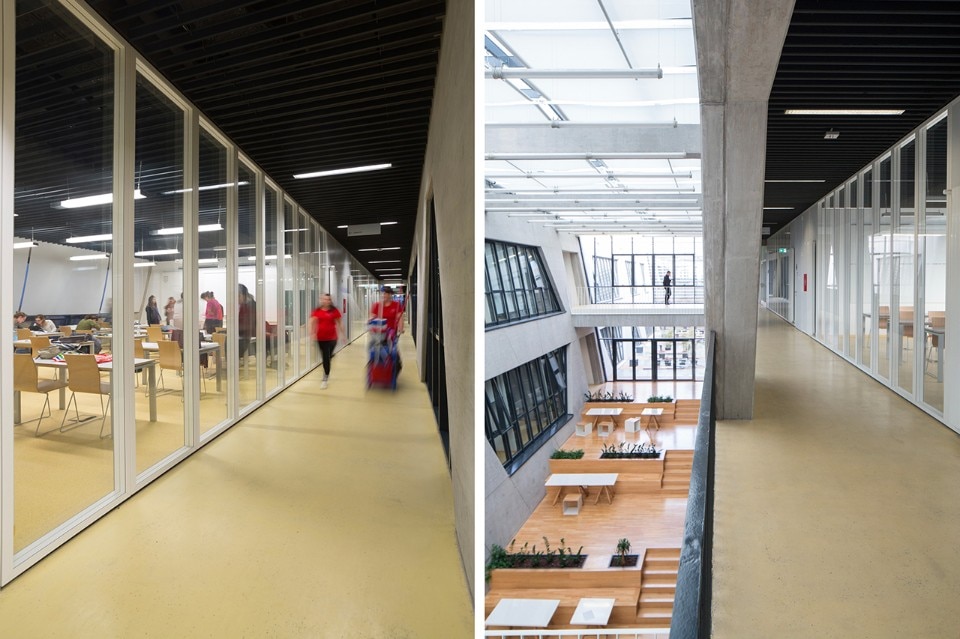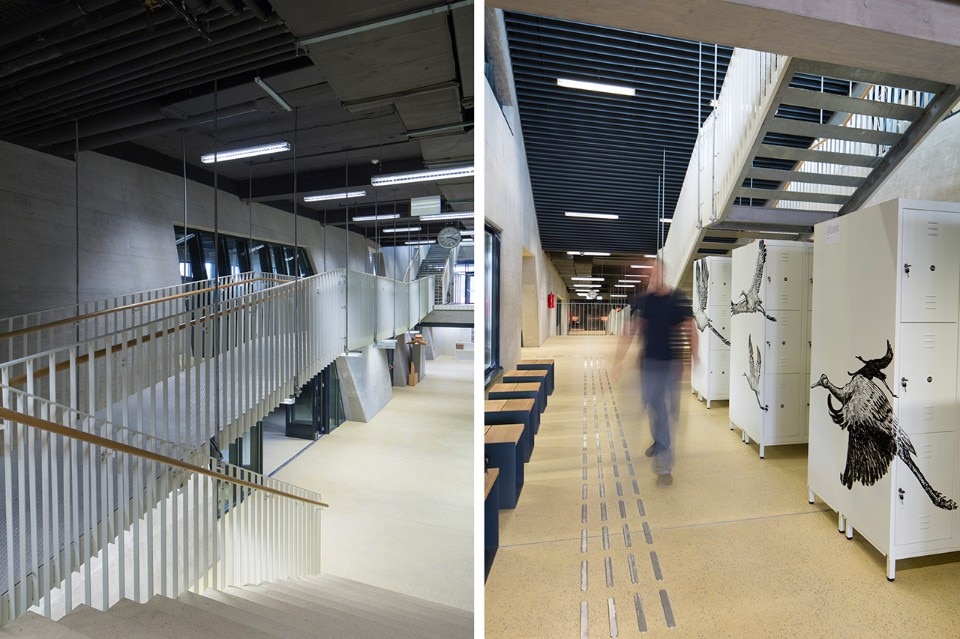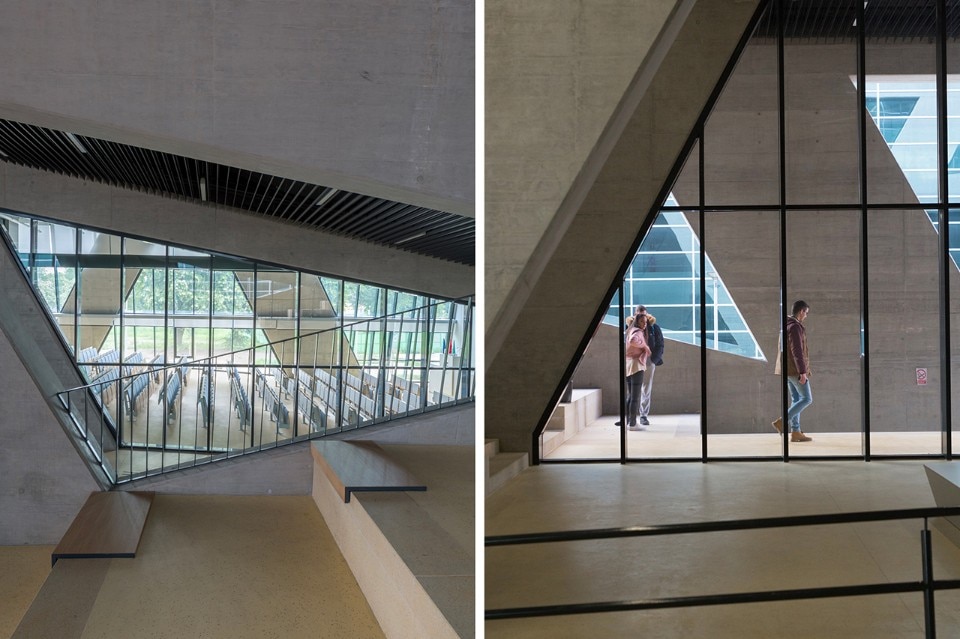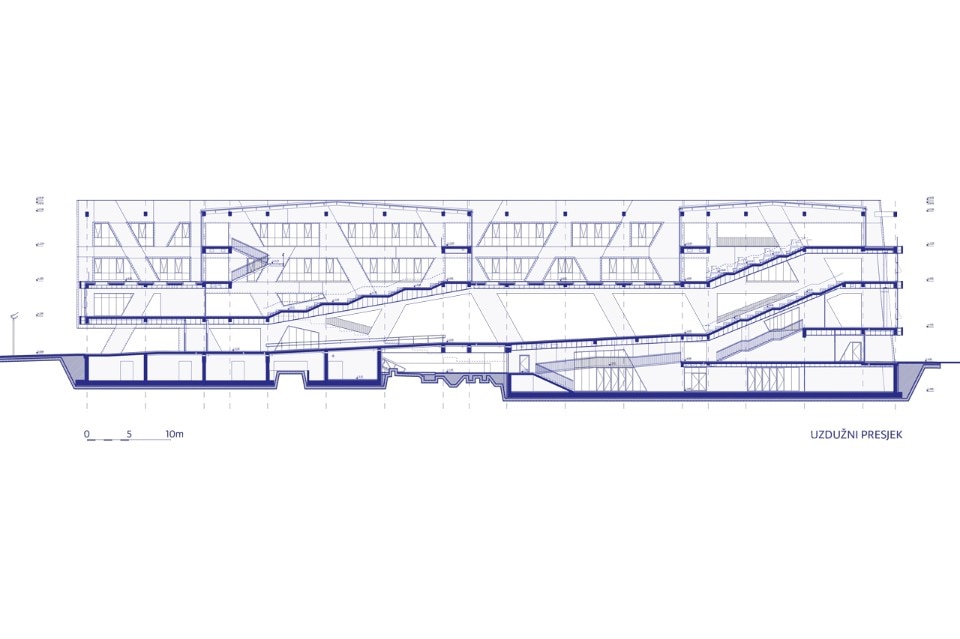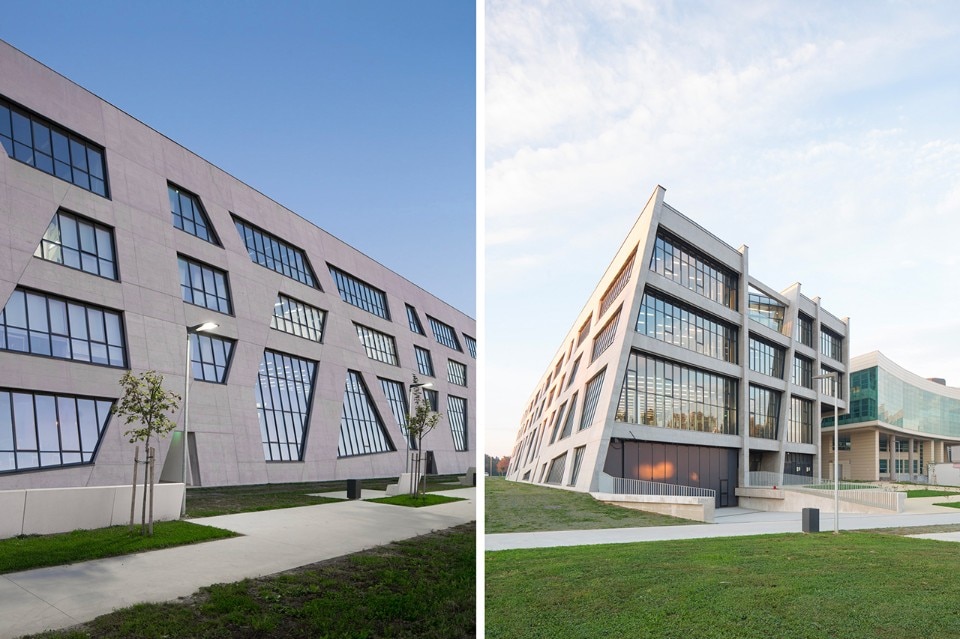
 View gallery
View gallery
The volume of the building is dissolved along the length by a series of internal terrace and skylights, which are places for informal interaction, learning and working. Natural light penetrates to the ground and air to every room in the middle of the building. Longitudinal section emphasizes the importance of communication space in contemporary education, designed as a place of individual and informal group work, meetings, large and small events. The building is walkable from the basement to the last floor through a series of broad communication with different additional functions; as open classrooms, canteen, stands next to a student club, terraces, patios, lobby office area, parking for bicycles or motor archaeological site located beneath the building.
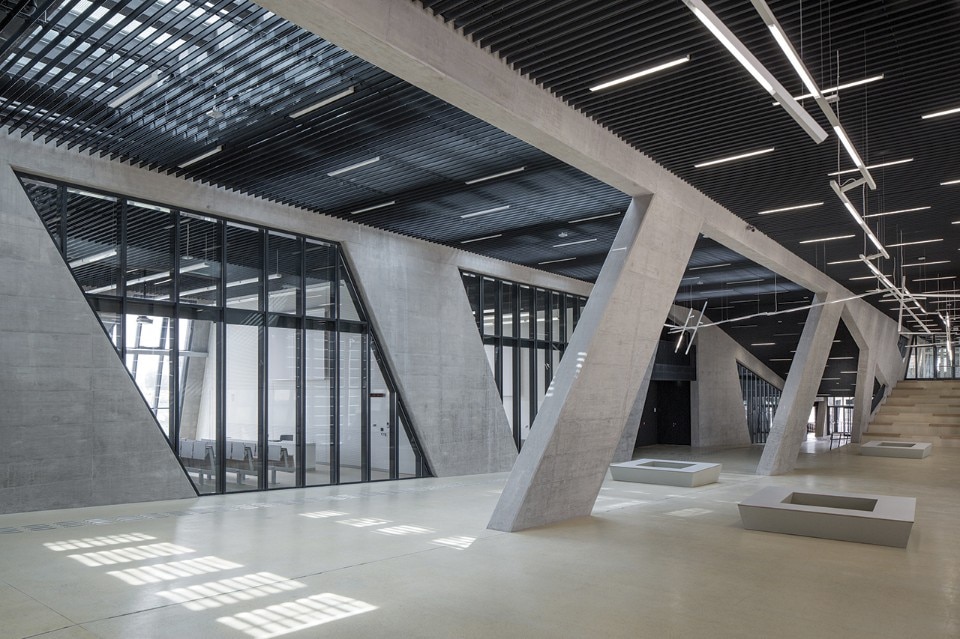
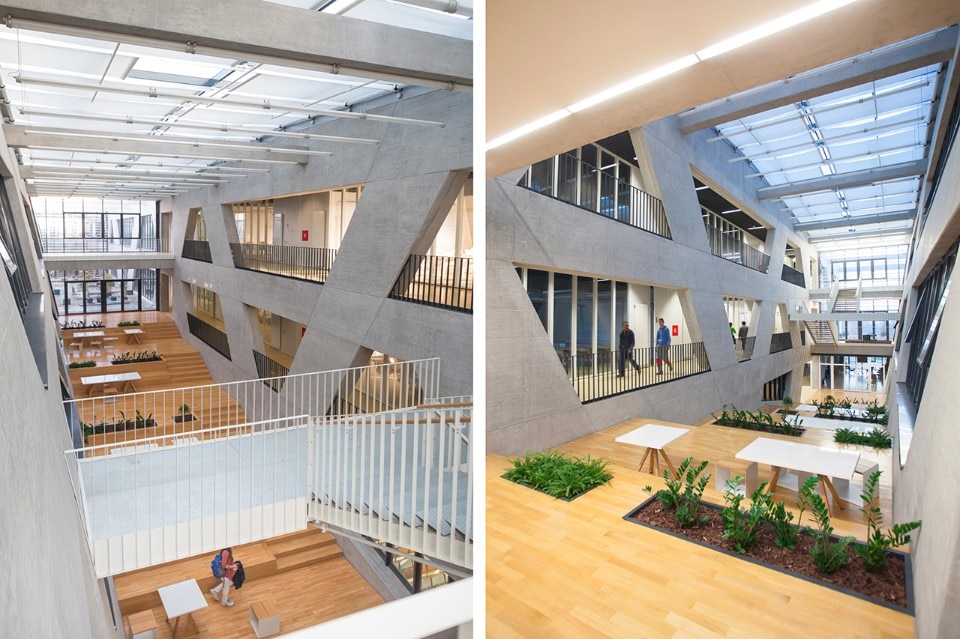
 View gallery
View gallery
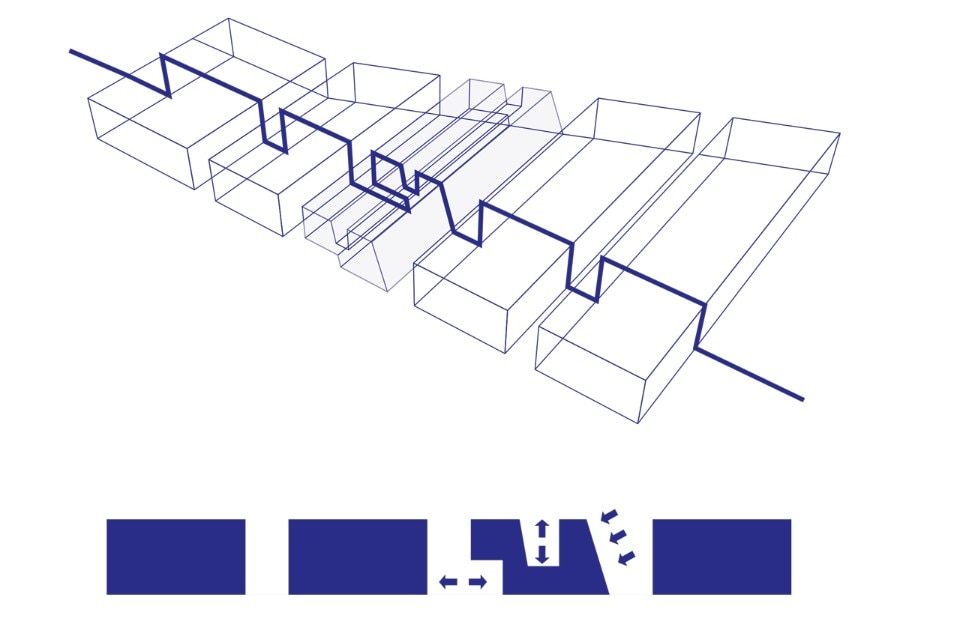
GFOS_VIZKULTURA_2.ai
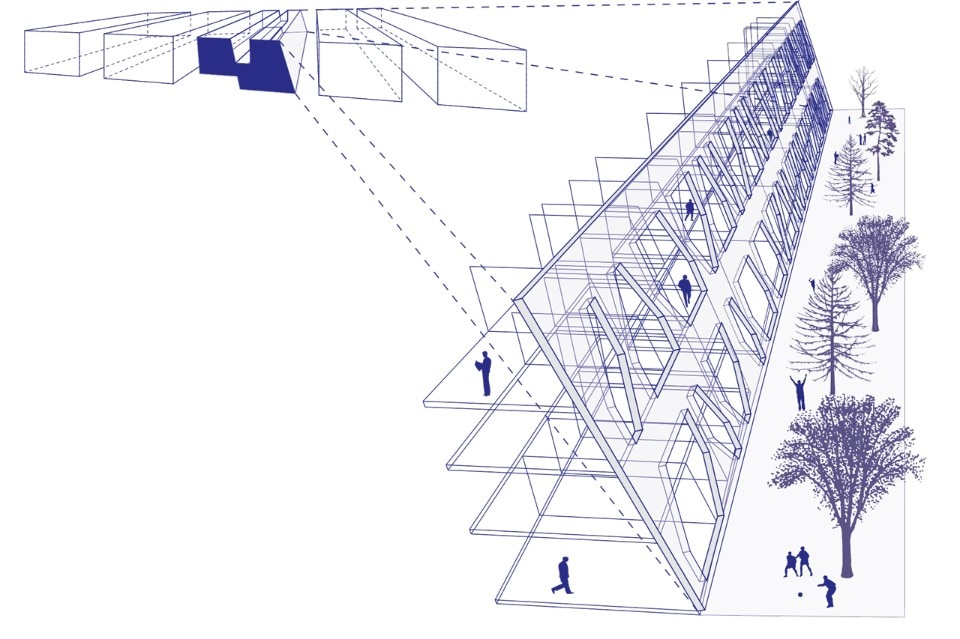
GFOS_VIZKULTURA_2.ai
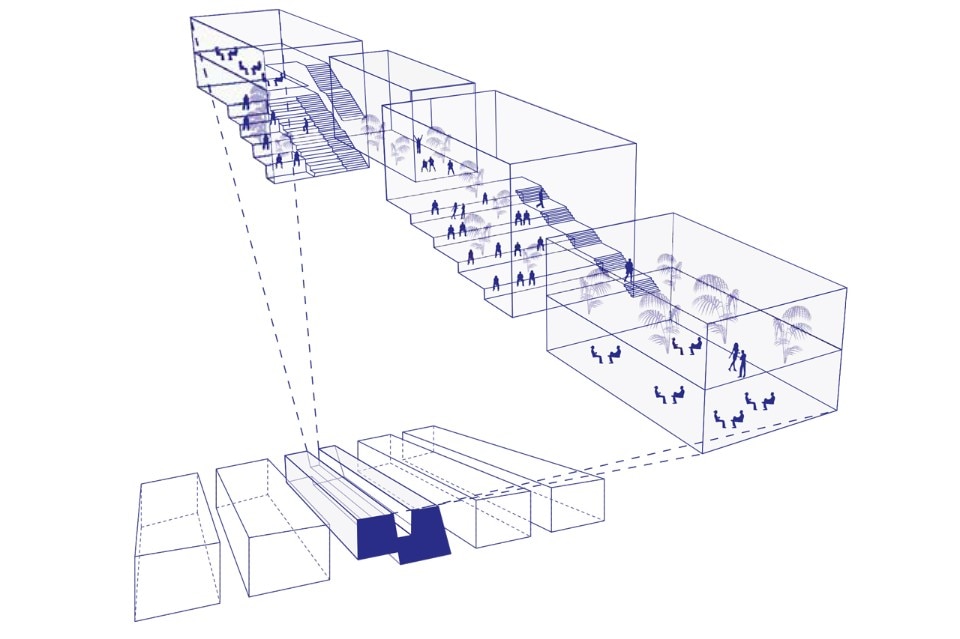
GFOS_VIZKULTURA_2.ai
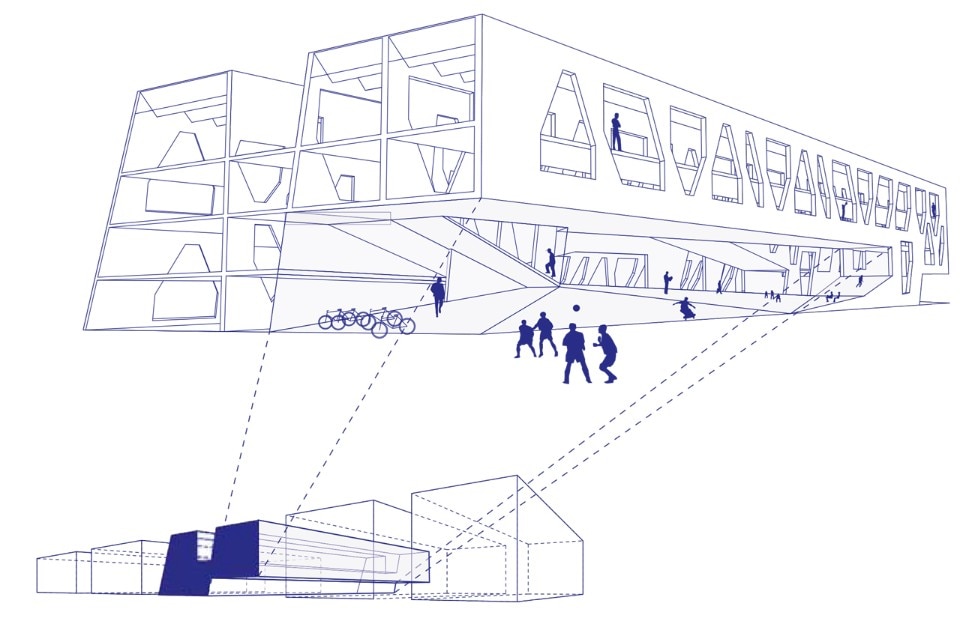
GFOS_VIZKULTURA_2.ai
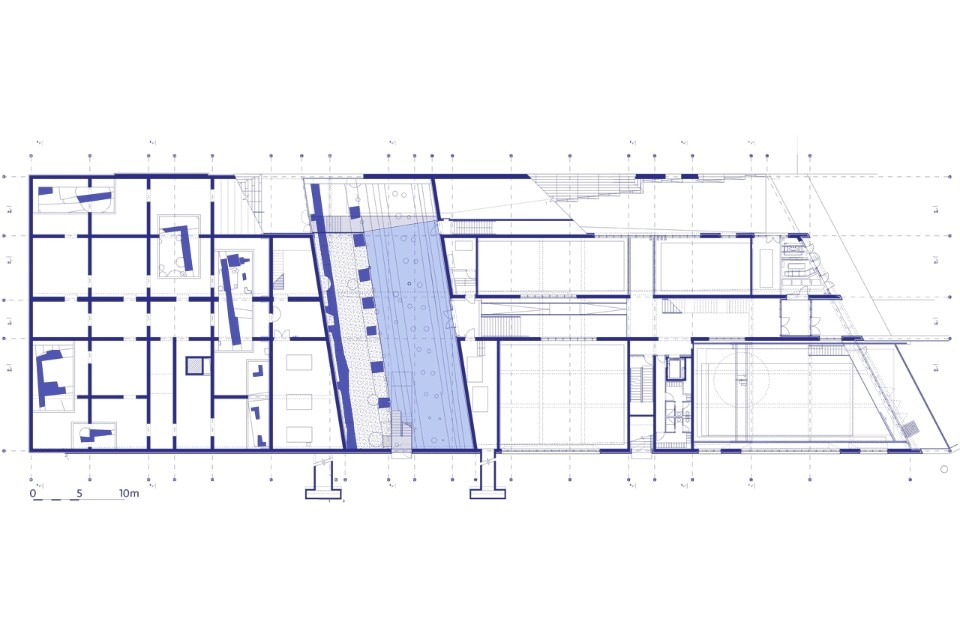
GFOS_VIZKULTURA_2.ai
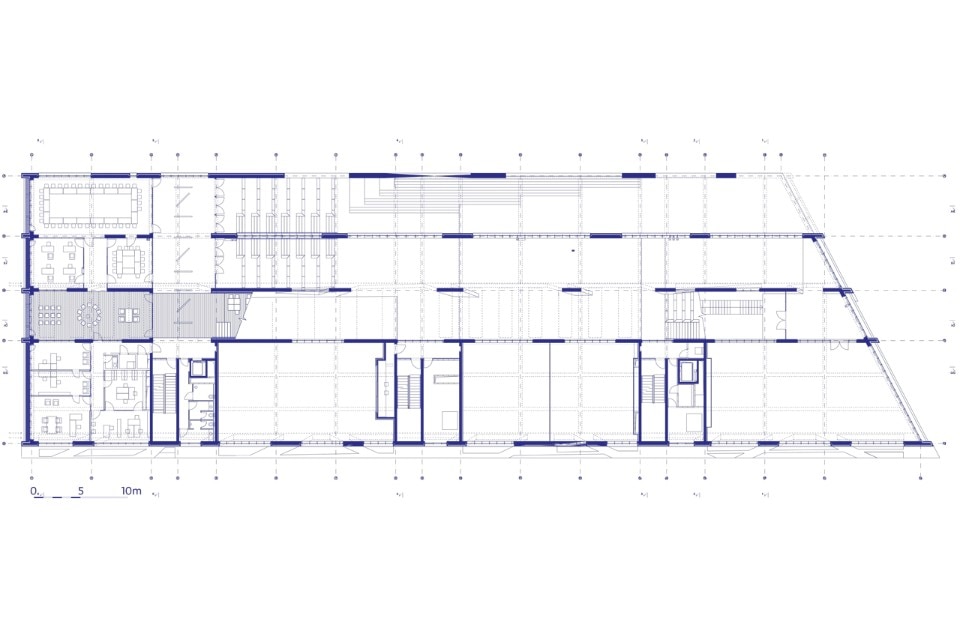
GFOS_VIZKULTURA_2.ai
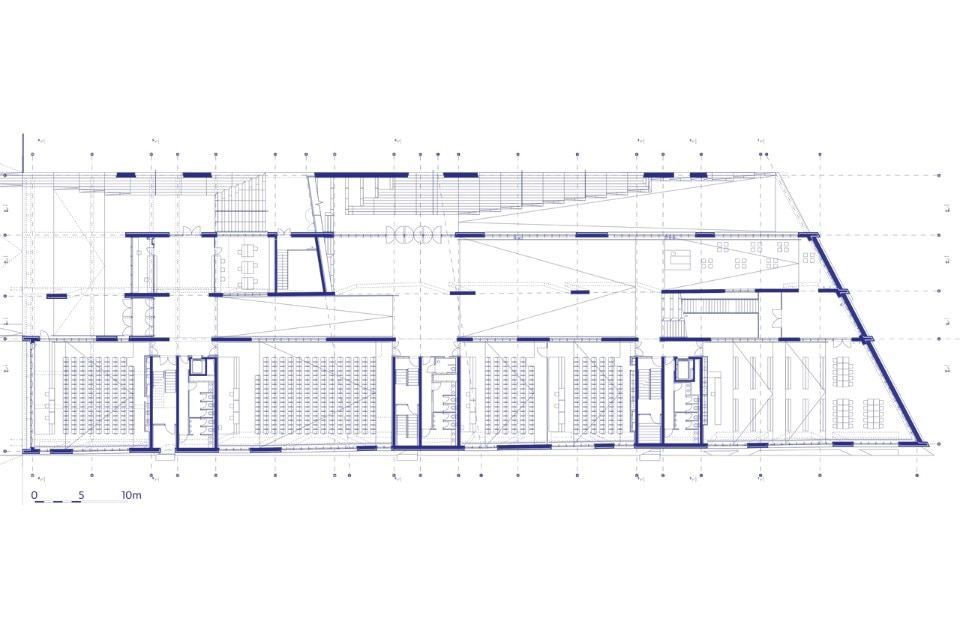
GFOS_VIZKULTURA_2.ai

GFOS_VIZKULTURA_2.ai

GFOS_VIZKULTURA_2.ai
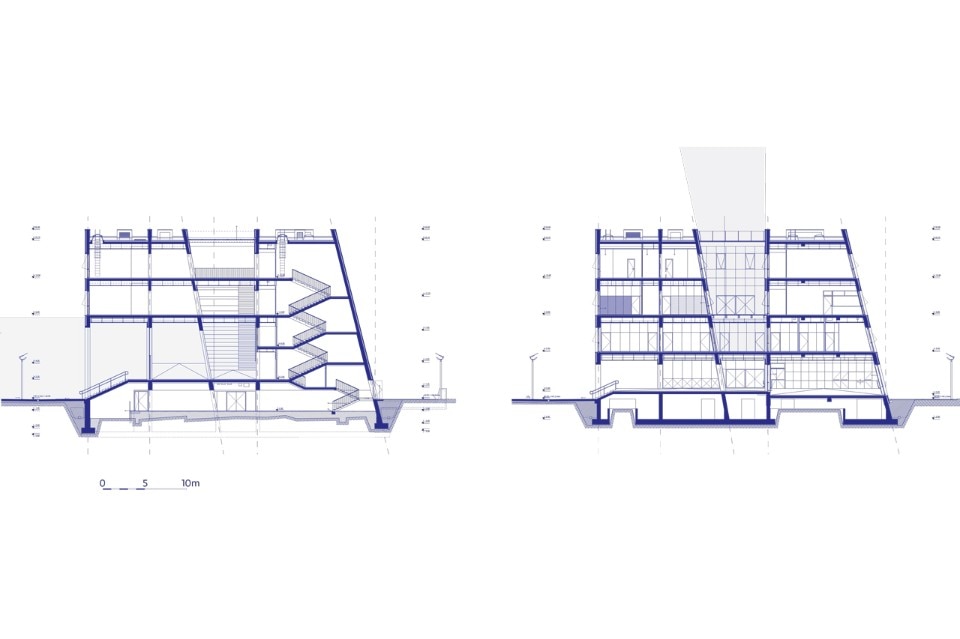
GFOS_VIZKULTURA_2.ai
Civil Engineering Faculty in Osijek, Croatia
Program: university
Architect: Dinko Peračić and Roman Šilje
Design team: Vinko Peračić, Ivan Begonja, Iskra Kirin, Miranda Veljačić, Nadezda Troskot, Tihana Vucic, Hrvoje Kedžo, Tomislav Stepic, Viktor Peric, Ivana Bakovic, Tamara Čelar, Ivana Tomac, Mia Vucic, Stephen Smolčić, Nik Beiler
Collaborators: Damir Klečina, Nikša Baranović, Branimir Cindori, Željko Mužević, Dragan Petković, Vanja Franić, Hrvoje Domitrović
Renderings: Ana Kunst, GYF Media
Illustrations: Miron Milic
Design: Damir Gamulin Gamba
Contractor: Gradnja Osijek
Area: 10,600 sqm
Completion: 2017


